One question I have been getting a lot of lately: Should I prune off (snip off, pinch out) the first tomato flowers that appear, in order to get more tomatoes later?
Those early tomato flowers, especially if the weather doesn’t cooperate, will fall all by themselves, thank you. Your assistance is not needed.
In today’s newsletter podcast (above), Sacramento County Master Gardener and vegetable expert Gail Pothour explains the myths behind pruning off tomato flowers.
Flower drop and tomato fruit set failure can happen in May and June for a number of reasons, including night temperatures below 55; daytime temperatures above 90; excess nitrogen fertilizer, too much shade, too much smog, plants set out too early in spring, or planting the wrong variety for your area (a Beefsteak tomato attempting to grow in cool, damp San Francisco is not a match made in heaven).
However, by removing those flowers once they are in a situation where they can be pollinated successfully, what is accomplished by removing those flowers? FEWER TOMATOES! And, unless you are trying to stop production, it would be counterproductive to your ultimate goal: shoving that beautiful red orb into the face of your non-gardening neighbor on the Fourth of July, singing, “Nyah, nyah, nyah!”
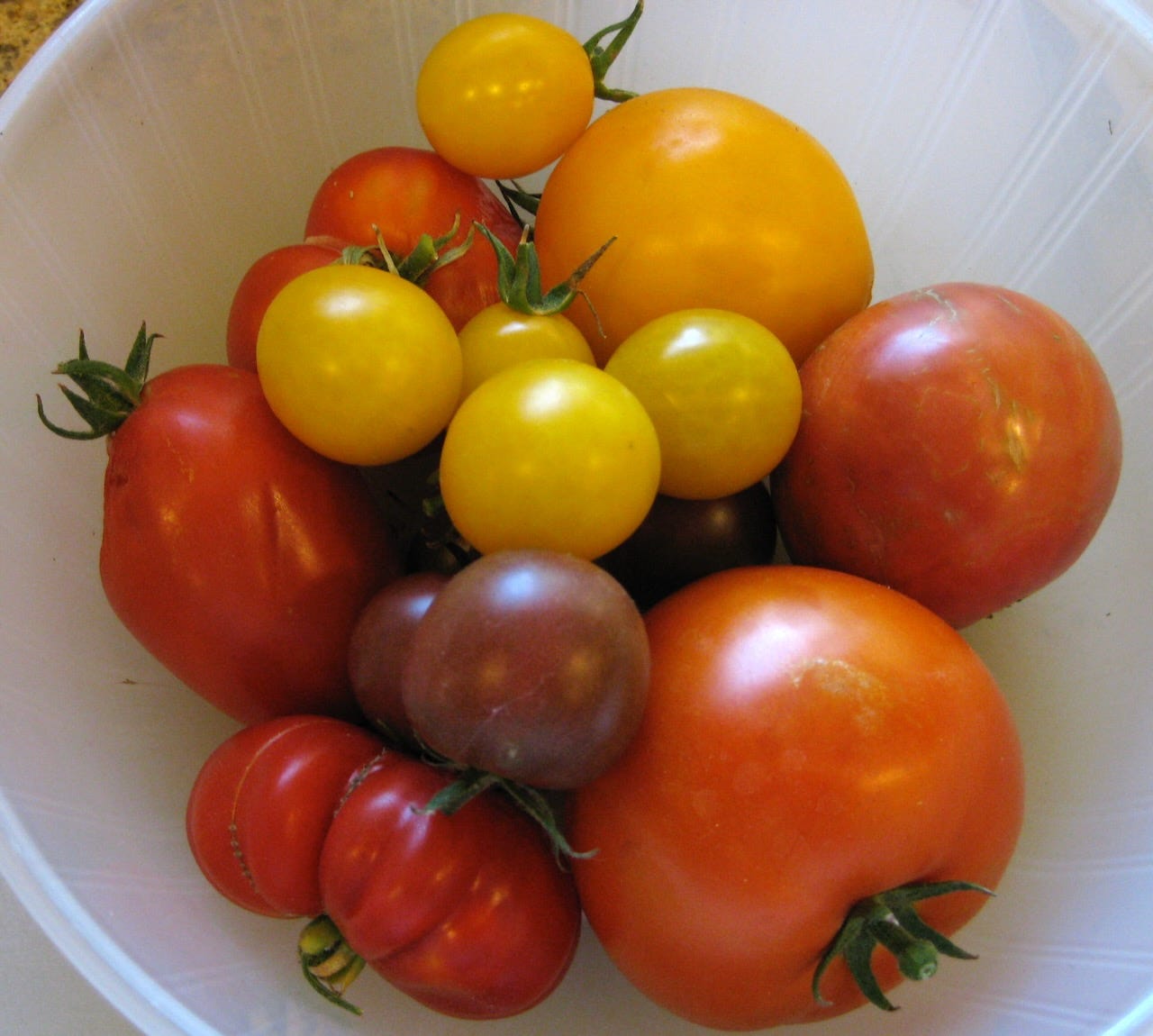
Wow, where did this tomato flower pruning fallacy begin? One questioner offered a clue when he prefaced that question with, “Last night, the local TV Weatherman said…”
Bad move, taking gardening advice from a person who guesses for a living.
Still, that piece of poor advice must have some historic legs to it. And sure enough, there are many people at social media garden pages who are passing on this wrong-headed notion. And as far as I can tell, it’s the result of one gardener reading a piece of research on tomato pruning, and mangling the retelling of that research.
For example, wholesale tomato plant grower Bonnie Plants offers this online piece of advice at their website page, “How to Prune Tomatoes for a Big Harvest.”
As the growing season draws to a close, tomato plants are often still loaded with fruit. To speed ripening late in the season, remove the growing tip of each main stem about four weeks before the first expected fall frost. Called "topping," this type of pruning causes the plant to stop flowering and setting new fruit, and instead directs all sugars to the remaining fruit. This way, the fruit will ripen faster, plus it becomes more likely that the green tomatoes you pick before frost will actually ripen when you bring them indoors. It may be hard to bring yourself to do this, but it will be worth it if you wish for ripe tomatoes! Of course, if you prefer your tomatoes to remain green for use in frying and jelly, you can certainly skip this step.
Gardener A reads this, and then retells the story to Gardener B, omitting the fact that this advice applies to late season, indeterminate tomatoes only. Gardener B then tells Gardener C: “Pruning tomato flower buds is recommended by Bonnie Plants.” Gardener C then goes online and writes: “Remove flower buds on tomato plants to increase the number of tomatoes.”
Or something like that. And another digital gardening virus is born.
When and how should you prune tomatoes?
Very little, only when necessary, to keep the plants within bounds. If you grow your tomatoes in cages (recommended), you would only need to remove those branches that escape and are threatening to wrap itself around a nearby pepper plant…or your head.
If you grow your tomatoes using stakes for support, you may need to do some pruning, according to the University of California Sonoma County Master Gardeners:
“The Traditional One Stake Method features a stake 6–8 foot tall, which is used to tie tomato stems to. Requires pruning out all but about three main stems.”
And, it should be pointed out, that if you follow those pruning guidelines for staked tomatoes, you are sacrificing about 25% of your eventual tomato crop. An that’s yet another good argument to cage, not stake your tomatoes. Cages can be made from sheets or rolls of concrete reinforcement wire with a six inch mesh (the six inch opening makes it easier to reach those tomatoes). The sheets are usually 42” by 84”. Bend it into a circle, secure the ends with zip ties, and you have a tomato cage that’s 42” tall and about 27” in diameter. And it will last for decades. Some retail nurseries have gotten wise to this and offer huge tapered cylinders, some of them eight feet tall, constructed of heavy duty livestock panels, that you could afford to buy if you give up your daily Starbucks habit for a month…or longer.
Cornell University says hacking back your tomato plants is not necessary:
You can grow great tomatoes without pruning, but if you want to prune, here are a few guidelines.
For determinate types, don’t bother pruning. It will only reduce your harvest.
For indeterminate types, allow one, two, or three suckers to grow from the base of the plant. Clip or snap off the rest. It’s helpful to find the first flower cluster on the plant. It will be small but obvious. Always leave the first sucker below the flowers. Then it’s up to you whether you want to leave one or two more suckers below the first. Each of these will become main stems with lots of fruit.
Remove suckers below these and any above the flower cluster. The best time to remove the suckers is when they are 2 to 3 inches long. If larger, you can sometimes damage the main stem.
The book, “Ortho’s All About Tomatoes”, puts it more succinctly, quoting the late Dr. Phillip Minges of Cornell: “Tomato yields per plant may be lowered by pruning. Removing the leaves or shoots does not conserve food for the crop, it tends to reduce the total food supply…use training methods that require little pruning.”
A final hint when searching for garden answers on the Internet. Be leery of advice from gardening social media sites, unless that advice is linked to a study or research that you can also access. When using a search engine, include the words to identify a prominent agricultural school where the advice is reviewed by multiple parties before publication: UC (University of California), WSU (Washington State), Cornell, TAMU (Texas and M), etc.
For example Googling the phrase “tomato worm UC” will lead you to the University of California Integrated Pest Management website first. If you were to just enter the words, “tomato worm”, well…good luck.
Thank you for also listening to the Garden Basics with Farmer Fred podcast! It’s available wherever you get your podcasts. Please share it with your garden friends. And your subscription to this newsletter helps keep the Garden Basics podcast alive, as well. Thank you for your support.
Fred Hoffman is also a University of California Cooperative Extension Master Gardener in Sacramento County. And he likes to ride his bike(s).

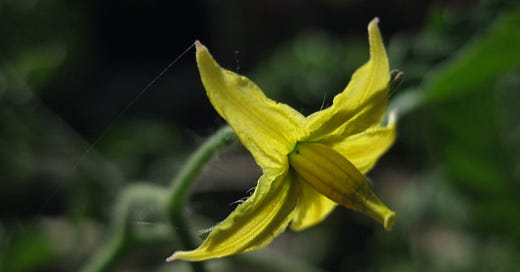





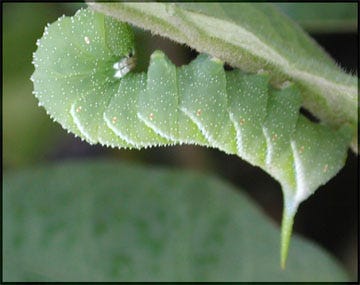
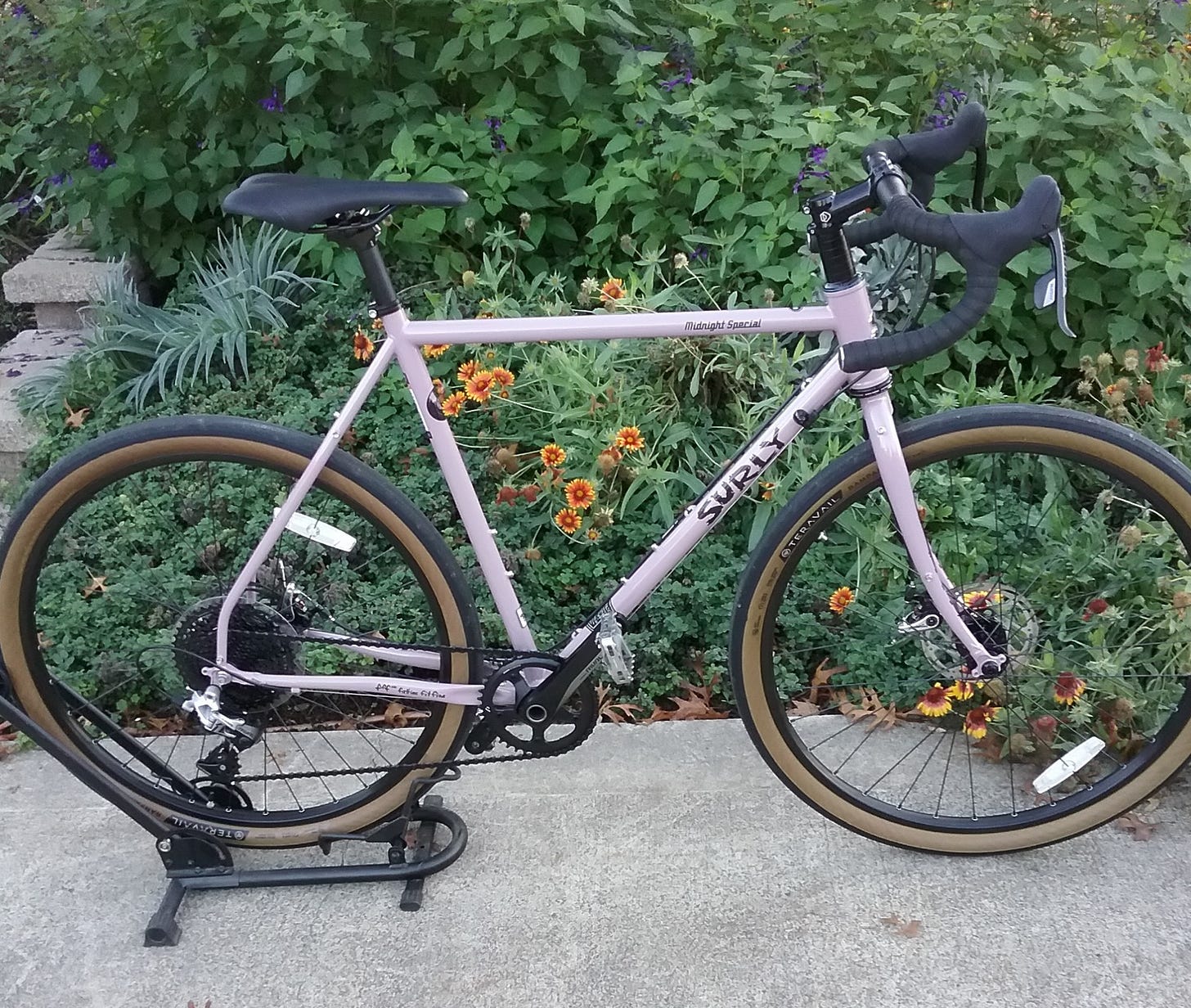


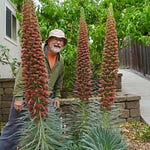
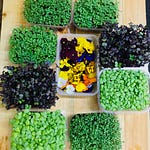
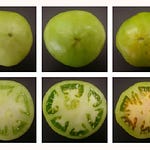

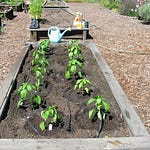
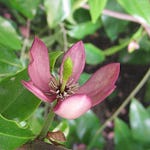
Share this post